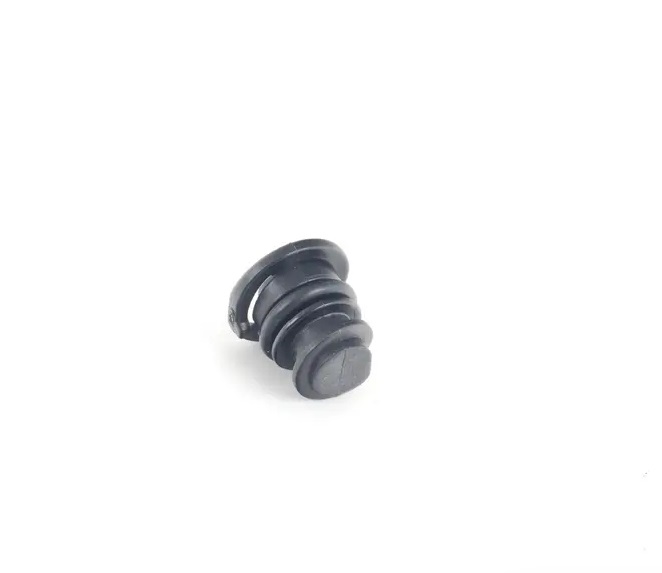Cylinder Oil Seal and Its Importance in Engine Performance and Maintenance
Understanding Cylinder Oil Seals Function and Importance
Cylinder oil seals, also known as oil seals or shaft seals, play a critical role in the operation of various machinery and equipment, particularly those involving engines and hydraulic systems. These seals are designed to prevent oil leakage from the cylinder and to keep contaminants, such as dirt, moisture, and other particles, from entering the system. This article delves into the functions, types, applications, and significance of oil seals in ensuring the efficiency and longevity of machinery.
Function of Cylinder Oil Seals
The primary function of cylinder oil seals is to create a barrier that confines lubricating oil within the cylinder while preventing external contaminants from infiltrating. This is particularly vital in applications where the cylinder operates under high pressure or in harsh environments. By retaining the necessary lubricants, oil seals ensure effective lubrication of moving parts, reducing friction and wear. This, in turn, minimizes the risk of overheating and prolongs the life of components.
Additionally, oil seals help maintain the internal pressure of the system, which is essential for optimal performance. Any leakage can lead to a drop in pressure, affecting the overall efficiency and functionality of the equipment. Moreover, a well-maintained sealing system minimizes the risk of costly repairs due to oil leaks and contamination, contributing to lower maintenance expenses over time.
Types of Cylinder Oil Seals
Cylinder oil seals come in various designs and materials, tailored to meet specific operational requirements. Common types include
1. Single-Lip Seals These are the most basic type of oil seal, consisting of a single flexible lip made of rubber or elastomeric material. They are suitable for low-pressure applications.
cylinder oil seal

2. Double-Lip Seals Featuring two flexible lips, these seals provide double protection against oil leakage and contamination. They are often used in applications where exposure to dirt and moisture is a concern.
3. Spring-Loaded Seals These seals incorporate a spring that exerts additional pressure on the sealing lip, enhancing the seal's effectiveness in preventing leaks. They are commonly used in high-speed and high-pressure applications.
4. PTFE Seals Made from polytetrafluoroethylene, these seals offer excellent chemical resistance and low friction properties. They are ideal for applications involving aggressive chemicals or extreme temperatures.
Applications
Cylinder oil seals are widely utilized in numerous industries, including automotive, aerospace, manufacturing, and construction. In vehicles, they are essential for preventing oil leaks from the engine and transmission systems. In hydraulic systems, oil seals ensure that hydraulic fluids remain contained, allowing machinery to operate smoothly and efficiently.
Additionally, oil seals are crucial in rotating equipment, such as pumps and motors, where they not only keep lubricants contained but also safeguard against the ingress of dirt and moisture that could compromise performance.
Conclusion
In summary, cylinder oil seals are indispensable components of any machinery that relies on lubricating oils for efficient operation. Their ability to prevent oil leaks and protect against contamination directly contributes to the longevity and reliability of equipment. Understanding the types of oil seals and their applications can aid in selecting the right seal for specific needs, resulting in improved performance and reduced maintenance costs. Proper installation and routine maintenance of these seals are vital to ensuring optimal function, making them a key focus for anyone involved in machinery maintenance or operation.
-
The Ultimate Guide to Boat Propeller Bearings and Trailer Wheel Bearings
News Jul.31,2025
-
The Essential Guide to Marine Bearings and Boat Trailer Wheel Bearings
News Jul.31,2025
-
The Complete Guide to Heavy Duty Seals: Protecting Doors and Spaces Efficiently
News Jul.31,2025
-
Essential Guide to Marine Shaft Bearings and Boat Trailer Axle Bearings
News Jul.31,2025
-
Comprehensive Guide to Marine and Trailer Bearings for Safe Boating and Transport
News Jul.31,2025
-
Comprehensive Guide to Automotive Oil Seals: Protecting Your Engine and Shafts
News Jul.31,2025
-
Understanding Automotive Oil Seals: Essential Components for Engine and Shaft Protection
News Jul.30,2025
Products categories















